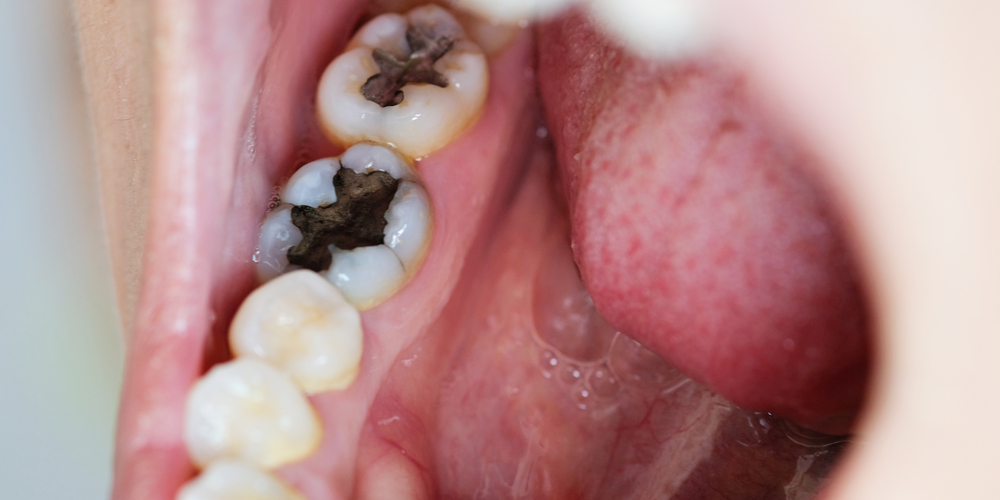
Fillings are a very common dental procedure which is carried out to repair a decayed or damaged tooth. Tooth decay causes a hole or cavity to form on the surface of the tooth and if left unchecked, will spread through the rest of the tooth. This leads to eventual loss.
But tooth decay can be stopped with a dental filling. Fillings are traditionally made from silver amalgam, a combination of metals which protect the tooth against further decay. Another option is white fillings which are often chosen for aesthetic reasons.
Find out more about these in the white fillings section.
Fillings do not last for ever and need to be replaced after then to ensure that they remain effective.
FILLINGS PROCEDURE
A filling is carried out using a local anaesthetic and a sedative in cases of dental anxiety. The dentist will use a drill or other dental instrument to remove the decay area of the tooth followed by any bacteria.
The filling is inserted into the empty cavity followed by a final clean and polish.
This applies to silver amalgam fillings. If you have chosen a white filling then the procedure will take longer to complete. Several layers of the white filling are applied with each layer undergoing a ‘hardening’ process under a special blue light. The tooth is then trimmed and polished.